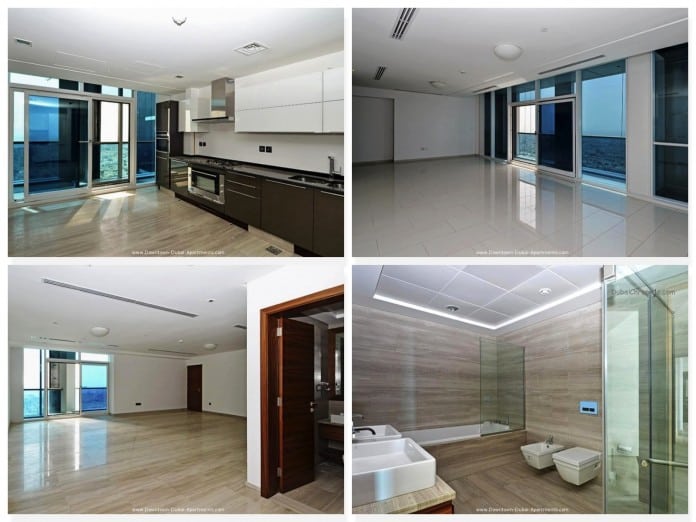
- · Residential values drop by 2.2% during Q1 2016
- · Villa prices expected to decline further by 5% during 2016
- · Apartment values expected to decline by 3%-4% throughout remainder of 2016
- · Q1 2016 registered 2.7% drop in rents
- · Overall rents expected to decline further by 3%-5% in 2016
As the local economy continues to adjust to softening global conditions, overall residential values and rents in Dubai are set for a further decline throughout 2016, according to leading international real estate consultancy Cluttons.
Cluttons’ Dubai Spring 2016 Residential Property Market Outlook, shows that after falling by an average of 3.1% during 2015, residential values fell by an additional 2.2% during the first quarter of 2016. This marks the strongest quarterly decrease in average residential values in five years and the seventh consecutive quarterly decline, highlighting the challenges faced by both the apartment and villa sales markets.
Faisal Durrani, Head of Research at Cluttons commented, “We’ve been carefully monitoring the declining residential values over the past two years, but the persistent headwinds to local and global economic growth are continuing to erode overall demand and capital values are still softening, albeit at a slightly quicker rate.
“In the villa market for example, values at the end of Q1 2016 stood at an average of close to AED 1,375 psf, which represents a near 3% decline since the end of 2015. The latest change means villa prices are nearly 7% down on this time last year. With the exception of Hattan Villas at The Lakes, every villa submarket that we track registered price falls in the first quarter. Looking back at 2015, the market registered a 5.6% fall in prices in line with our expectation of a drop between 5% and 7%, which Cluttons predicted back in 2014. During 2016, it is our view that a further decline of around 5% is likely on average, with some villa submarkets likely to see price falls of up to 7%.”
According to Cluttons’ report, apartment values demonstrated greater resilience during the first quarter, with marginal declines across the board. Aside from mid-range apartments at Business Bay, which registered a 12.8% decline in average prices to AED 1,068 psf, several submarkets saw values stagnate in the 12 months to the end of Q1, including more affordable locations such as International City, Jumeirah Lake Towers (JLT), Discovery Gardens and the International Media Production Free Zone (IMPZ).
The resilience of values in such locations demonstrates the emphasis being placed by buyers on areas they perceive to offer the best value for money, with homes priced between AED 650 – 750 psf and AED 1,300 – 1,400 psf being in most demand. This has in turn helped to sustain values at these levels in some of the core locations in the city.
Durrani commented: “Apartment values on average declined by a marginal 0.8% over the last two years, reflecting greater resilience in this segment of the residential market thus far. That said, there has been a reduction in the number of transactions registered during Q1 2016, suggesting there may be a lag before apartment values start to slip. Reidin data shows that apartment transactions fell from 2,787 in Q4 2015 to 2,349 in Q1 2016. With that in mind, we are expecting to see apartment values decline by 3% to 4% this year as transactional activity slows further.”
Cluttons data shows that, overall, the supply pipeline’s expansion appears to have slowed, with no major shift in forecasts expected for the next three years. During 2016, Cluttons expects 7,058 units to complete, followed by a further 10,299 deliveries in 2017. The number of handovers is expected to rise to 16,026 in 2018, before dipping back to 9,786 in 2019.
Richard Paul, Head of Residential Valuations at Cluttons UAE said: “The number of villa and apartment handovers between now and 2018 is still quite evenly split. The overall stabilisation in the projected rate of handovers bodes well for the market as it hints at the potential for strong value rises once the planned residential handovers are absorbed by the market in two to three years’ time. This of course excludes smaller projects, which may increase the number of handovers slightly before 2018, although the impact of this is likely to be quite minimal.”




































